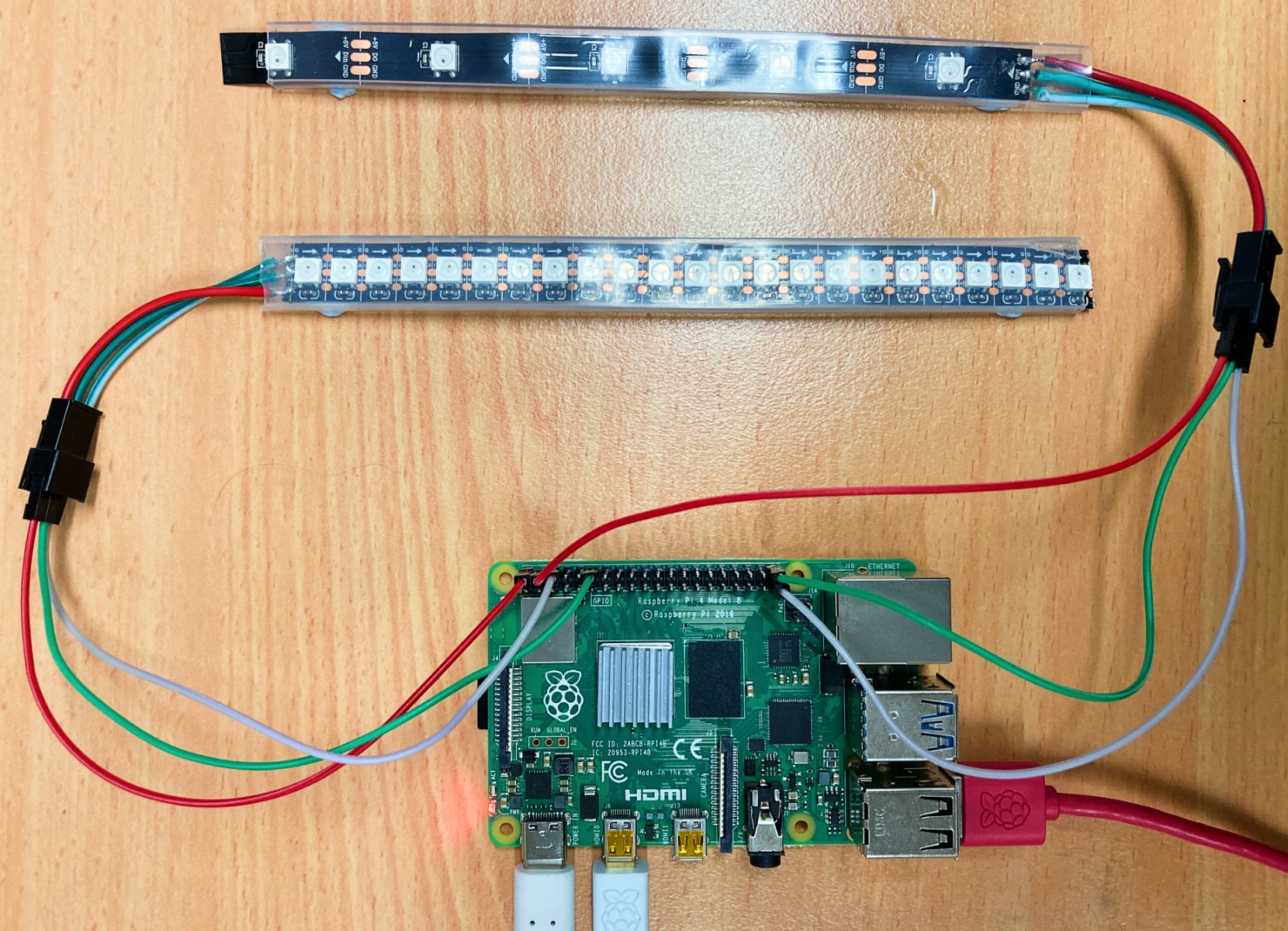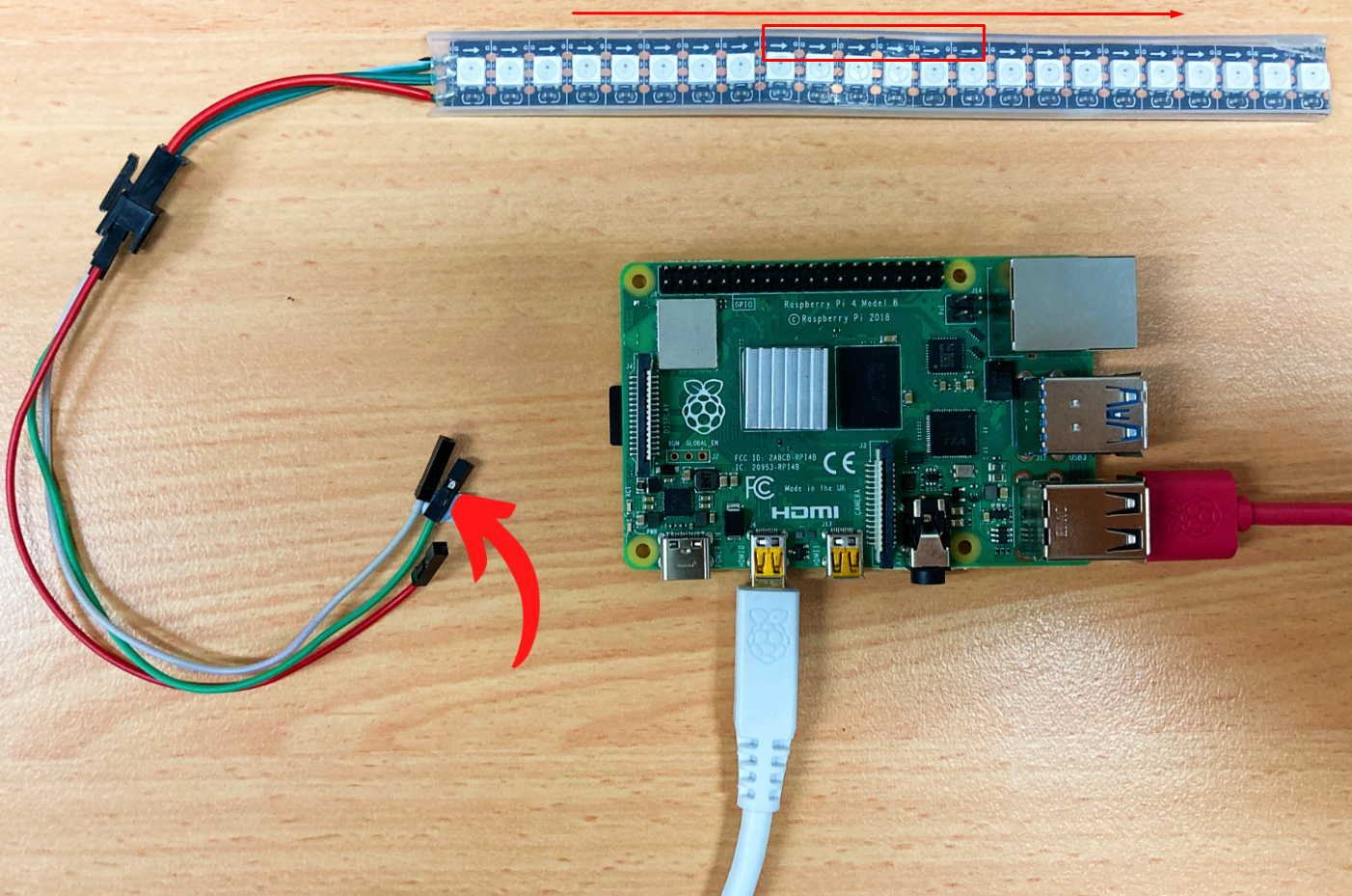Can a single Raspberry Pi truly orchestrate a symphony of digital actions across multiple devices? The answer, surprisingly, is yes, and the potential applications are vast, ranging from home automation to complex industrial control systems.
The Raspberry Pi, a marvel of compact computing, has revolutionized the world of digital making. Its versatility stems from its General Purpose Input/Output (GPIO) pins, which allow it to interact directly with the physical world. However, the true power of the Raspberry Pi is unlocked when you extend its reach beyond a single board, creating systems that can scale to meet intricate project demands. The journey into controlling multiple Raspberry Pi devices is not just about expanding your technical skill set; it's about unlocking a realm of possibilities in project design and execution.
One of the most fundamental tools in this endeavor is a software component called pigpiod, which needs to be running on each Pi. This pivotal piece of software allows for both local and network-based control of the Pi's GPIO pins. What sets pigpiod apart is its socket interface, compatible with a vast array of programming languages. Python and C/C++ wrappers are provided, making it a straightforward process to integrate pigpiod into your projects. For many, Python scripts offer the most accessible entry point, due to their intuitive syntax and extensive library support.
To control multiple 3D printers with OctoPrint and Docker, you need:
| Component | Description |
|---|---|
| Raspberry Pi | A Raspberry Pi 4 with 4GB of RAM is strongly recommended for optimal performance with multiple Docker containers. |
| MicroSD Card | A high-quality microSD card, 16 GB or larger. |
| Docker Installation | Docker needs to be installed and configured on the Raspberry Pi. |
| OctoPrint Docker Image | The OctoPrint Docker image is pulled and used to create containers. |
| Network Connection | A stable network connection is required for communication with the 3D printers and accessing the OctoPrint web interfaces. |
| 3D Printers | At least one 3D printer is required. Multiple printers can be connected and managed. |
Christopher Barnatt, in his explaining computers video, illustrates how to use servo motors with a Raspberry Pi. Servos offer an accessible entry point into the digital making landscape. They provide precise control over movement, allowing you to dictate the position of project components via GPIO pins and a motor controller. This setup provides a solid foundation for more complex projects involving a multitude of actuators.
The challenge of managing multiple Raspberry Pi devices often arises as projects evolve in complexity and scale. Whether you are a hobbyist or a professional developer, it's essential to develop a robust strategy to handle numerous Raspberry Pi units, maintaining both efficiency and productivity. One of the tools available for the task is Ansible.
- Discover The Pop Out Ken The Ultimate Fashion Doll For Boys
- Discover Shawns Age From Fgteev Explore The Facts
Ansible provides a powerful means to control and monitor multiple Raspberry Pi devices. Tools like Ansible are vital for managing networks of IoT devices, running server clusters, or building distributed computing systems, the ability to manage numerous Raspberry Pi units is paramount. In these scenarios, controlling and coordinating these devices efficiently is key.
The flexibility of the Raspberry Pi extends to various control methods. Consider the case of controlling multiple Raspberry Pis using SSH via the terminal on a Mac. The command `ssh [email protected]` can be used to remotely access each Pi. With the possibility of having multiple terminal screens open to control each device, the scope for simultaneous operations expands. The ability to send the same command to multiple Raspberry Pis at the same time, such as controlling a camera, further streamlines operations, significantly increasing the efficiency.
For applications that demand centralized control, an entitybe it a server or another Raspberry Pican monitor and manage activities on all available Pis. When deploying an application, for example, this entity can list connected and available Pis and then deploy the application. This centralized approach is a significant advantage for larger projects that demand high levels of coordination.
For applications that demand centralized control, an entitybe it a server or another Raspberry Pican monitor and manage activities on all available Pis. When deploying an application, for example, this entity can list connected and available Pis and then deploy the application. This centralized approach is a significant advantage for larger projects that demand high levels of coordination.
The use of servo motors is a prime example. On a fundamental level, servos allow you to control the movement of various project components using the Raspberry Pi and a motor controller attached to the GPIO pins. Further, many projects use a pan/tilt mechanism to position a camera (a picam). This configuration would be ideal in a robot to allow it to "see" a wide range of areas.
The power of multiple Raspberry Pi devices opens doors to complex systems. This includes projects like IoT networks, server clusters, and distributed computing. Mastering this skill is essential for tech enthusiasts and professionals. Instructables user gigafide showcases how to build a cluster computer, demonstrating how to boost processing power by linking multiple Raspberry Pis together.
For those seeking to control multiple displays, the task becomes about managing what is shown on many screens. Digital signage solutions with Raspberry Pi clients are an option. These solutions often prove simpler to configure and easier to manage than more complex setups.
A user's project involved multiple Raspberry Pis managed over the network. The goal was to use them for displaying information on smart screens, showcasing schedules of meeting rooms across different facilities.
Another challenge is controlling multiple stepper motors. The question of how to control numerous stepper motors with a Raspberry Pi (for example, 100) is a common one. While the PCA9685 is useful for PWM control, it is not directly compatible with stepper motors. Workarounds become essential to overcome this limitation.
When building a refreshable braille display using a Raspberry Pi 3 B+ and a stepper motor system, the system employs rotating octagonal discs, each driven by two stepper motors, to display braille characters. The system rotates half a revolution for each character.
Controlling LED matrices presents a distinct set of considerations. Direct control via GPIO pins has limitations, restricting the size and increasing current draw if the matrix is too large. In such cases, it's wiser to connect an LED matrix to the I2C bus using one or more I2C I/O expanders. These expanders help manage the complexity and current demands.
The control servo control loop tests and other such applications are best suited for projects that require multiple servos controlled by one or more Raspberry Pis. These projects typically make use of Python scripts, which can be run in the foreground or background as needed. These scripts often utilize the maximum possible frequency to complete the translation tasks as quickly as possible.
In the context of a refreshable braille display, the system rotates an octagonal disc, powered by stepper motors, to generate braille lettering. Each side of the octagonal disc represents a different letter. Such a project highlights the use of Raspberry Pi to control mechanical systems and create advanced user interfaces.
The flexibility and scalability of these tools open many avenues for developers and enthusiasts alike. The potential applications for controlling multiple Raspberry Pi devices are vast, and the skills learned are applicable in areas far beyond the initial project. The control of physical systems with digital control becomes manageable and accessible to all.
In summary, controlling multiple Raspberry Pi devices is not only possible but also a powerful solution for expanding projects, automating tasks, and creating complex systems. Mastering this skill opens doors for tech enthusiasts and professionals alike. Whether you are managing a network of IoT devices, running a server cluster, or building a distributed computing system, mastering this skill is essential.



Detail Author:
- Name : Haylie Ziemann
- Username : naomie12
- Email : wtorphy@hotmail.com
- Birthdate : 2001-01-14
- Address : 986 Elsie Glens North Keonchester, WV 44593
- Phone : 740-467-2860
- Company : Conn LLC
- Job : Healthcare Practitioner
- Bio : Autem dignissimos nulla quia mollitia at. Saepe ipsum dicta quo dolorum nulla in. Deleniti est sed architecto non fugit et ut. Assumenda tempora ipsa modi est.
Socials
linkedin:
- url : https://linkedin.com/in/charlie_heaney
- username : charlie_heaney
- bio : Commodi ipsam dolor ea.
- followers : 2804
- following : 2717
instagram:
- url : https://instagram.com/heaney1971
- username : heaney1971
- bio : Neque accusantium unde voluptatem ea iste architecto ut eos. Enim eum numquam non iure tenetur.
- followers : 5295
- following : 2571
twitter:
- url : https://twitter.com/heaney2008
- username : heaney2008
- bio : Non et quis eos accusamus doloremque quas odio. Voluptatum quisquam nemo molestiae nobis aperiam. Ab velit perferendis sint molestias a ipsam sit.
- followers : 6795
- following : 1356